12 Lucky Foods to Ring in the New Year
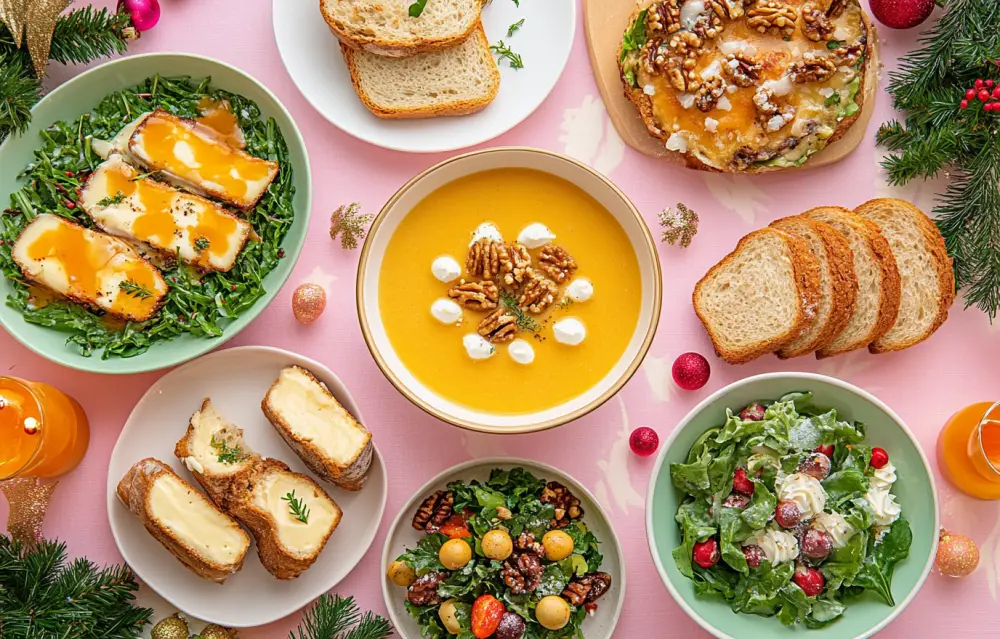
While we often raise a glass of bubbly on New Year's Eve, what about the food? Depending on where you're from, certain dishes are thought to bring good luck for the year to come. From grapes to fish, these New Year's food traditions carry deep symbolic meanings and are a fun, flavorful way to usher in the new year with positive vibes. Consider adding these lucky dishes to your celebration menu as you set your intentions for the months ahead.
Whether it's black-eyed peas for a party plan of New Year's Day brunch or cabbage on New Year's Eve, incorporating these 12 lucky foods into your celebration is a tasty way to bid farewell to the old year and welcome in a prosperous new one.
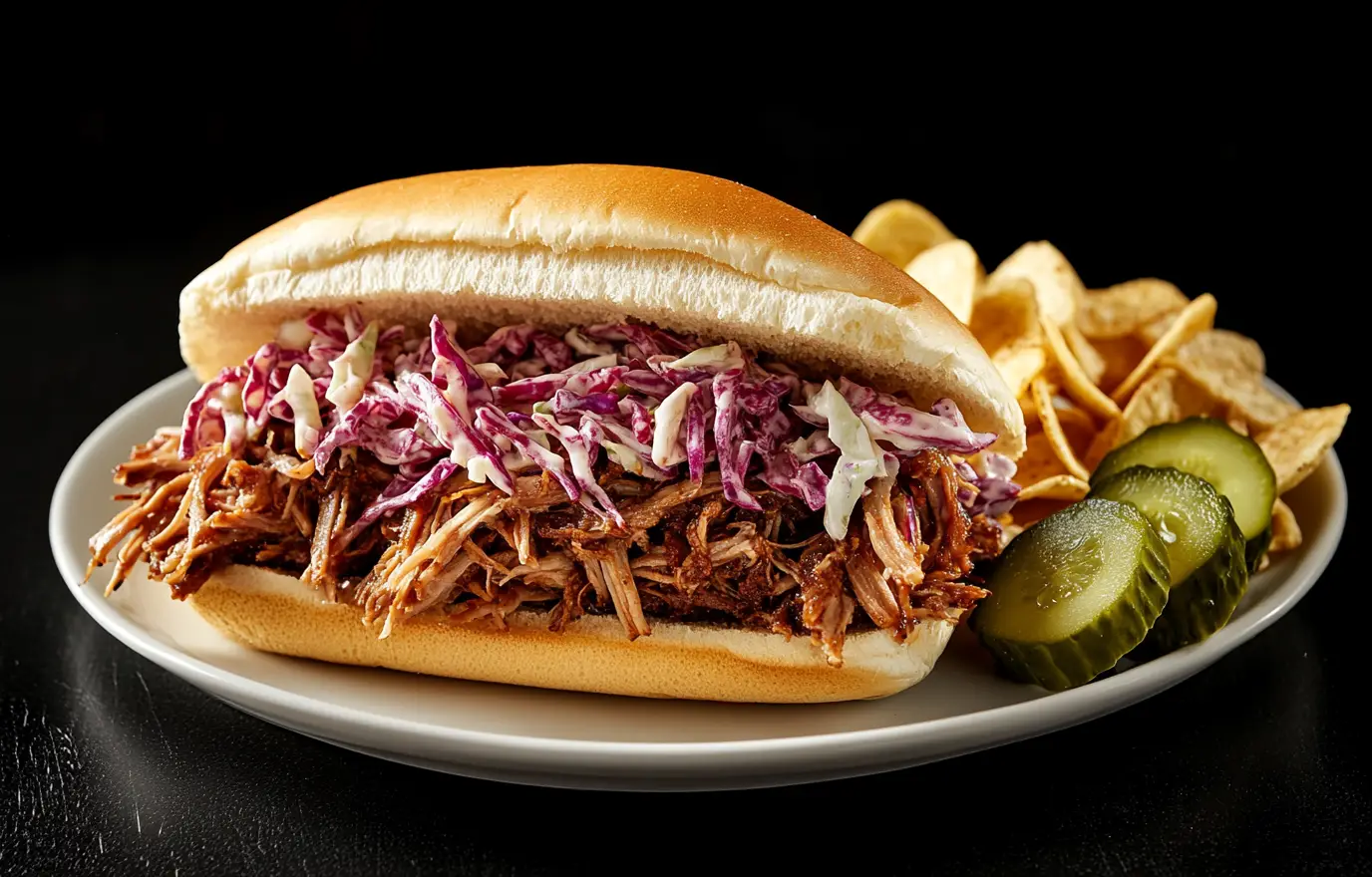
01/12 Pork
Ham often steals the spotlight during the holidays, but pork, in particular, is thought to bring good luck on New Year's Day. Why is pork such an important part of New Year's food traditions?
The significance of pork is linked to the way pigs behave differently from other animals. While chickens and turkeys scratch backward, pigs root forward with their snouts, symbolizing progress and moving in the right direction for the year ahead. Another reason pork is a popular choice for New Year's celebrations is practical: pigs are typically slaughtered in late fall, making pork a convenient and preserved option for feasts in the winter. Additionally, pork (and cabbage) as part of New Year's meals is a tradition that originated in Germany and Eastern Europe, brought to America by early settlers.
Kick off the year with good fortune by serving Slow Cooker BBQ Pulled Pork Sandwiches with Crispy Coleslaw—a delicious way to enjoy this time-honored tradition!

02/12 Cabbage
Alongside pork, you’ll often find sauerkraut or some form of cabbage gracing the New Year's table. This tradition, like pork, hails from Germany and Eastern Europe, and it’s grounded in practicality: The late fall harvest and the six-to-eight-week fermentation process make sauerkraut ready just in time for the New Year.
Cabbage on New Year’s also carries rich symbolism. The long strands of cabbage in sauerkraut or coleslaw are said to represent longevity, while cabbage itself is often associated with wealth and prosperity. So, why not add a little fortune to your meal with this Japanese Cabbage Pancake recipe? It’s a tasty way to embrace the tradition and make your New Year’s celebration even luckier!
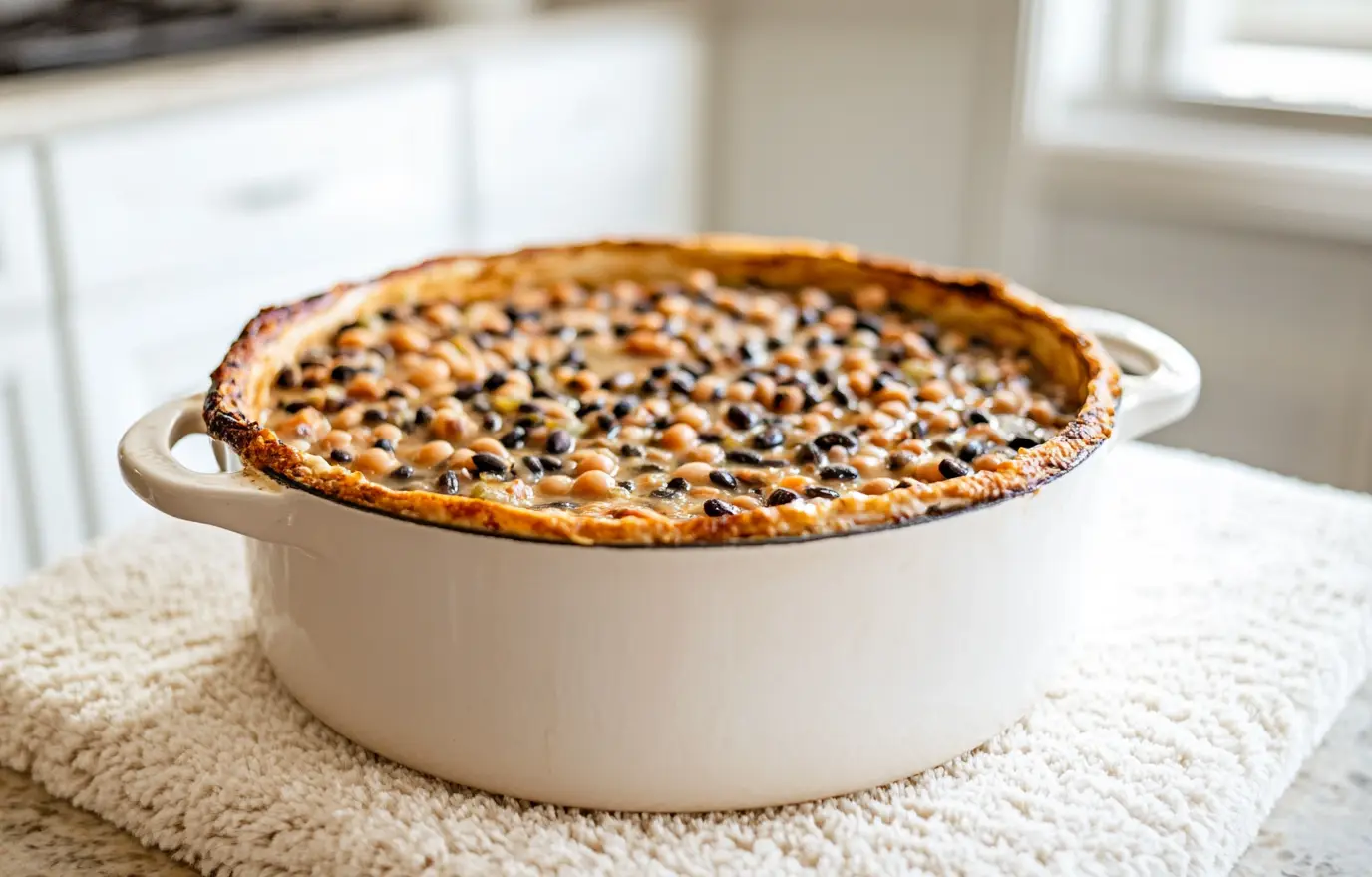
03/12 Black-Eyed Peas
Eating black-eyed peas on New Year's Day is a cherished tradition with roots in history. Despite their name, black-eyed peas are actually beans, not to be confused with green peas (or the famous hip-hop group). The reasons behind their association with luck on New Year's are varied and fascinating.
One theory traces the tradition to the Civil War, when Union soldiers raided Confederate food supplies, leaving behind only black-eyed peas. Another explanation connects the peas to African American history, where newly-freed enslaved people celebrated the Emancipation Proclamation in January 1863 by preparing dishes made with black-eyed peas—one of the few foods available to them. Some even argue that the legume’s lucky reputation dates back to Ancient Egypt, where eating black-eyed peas—accessible to even the poorest people—was seen as an act of humility toward the gods.
Start your new year with good fortune by trying this hearty Black-Eyed Pea Ribollita recipe—perfect for boosting your chances of a prosperous year ahead!
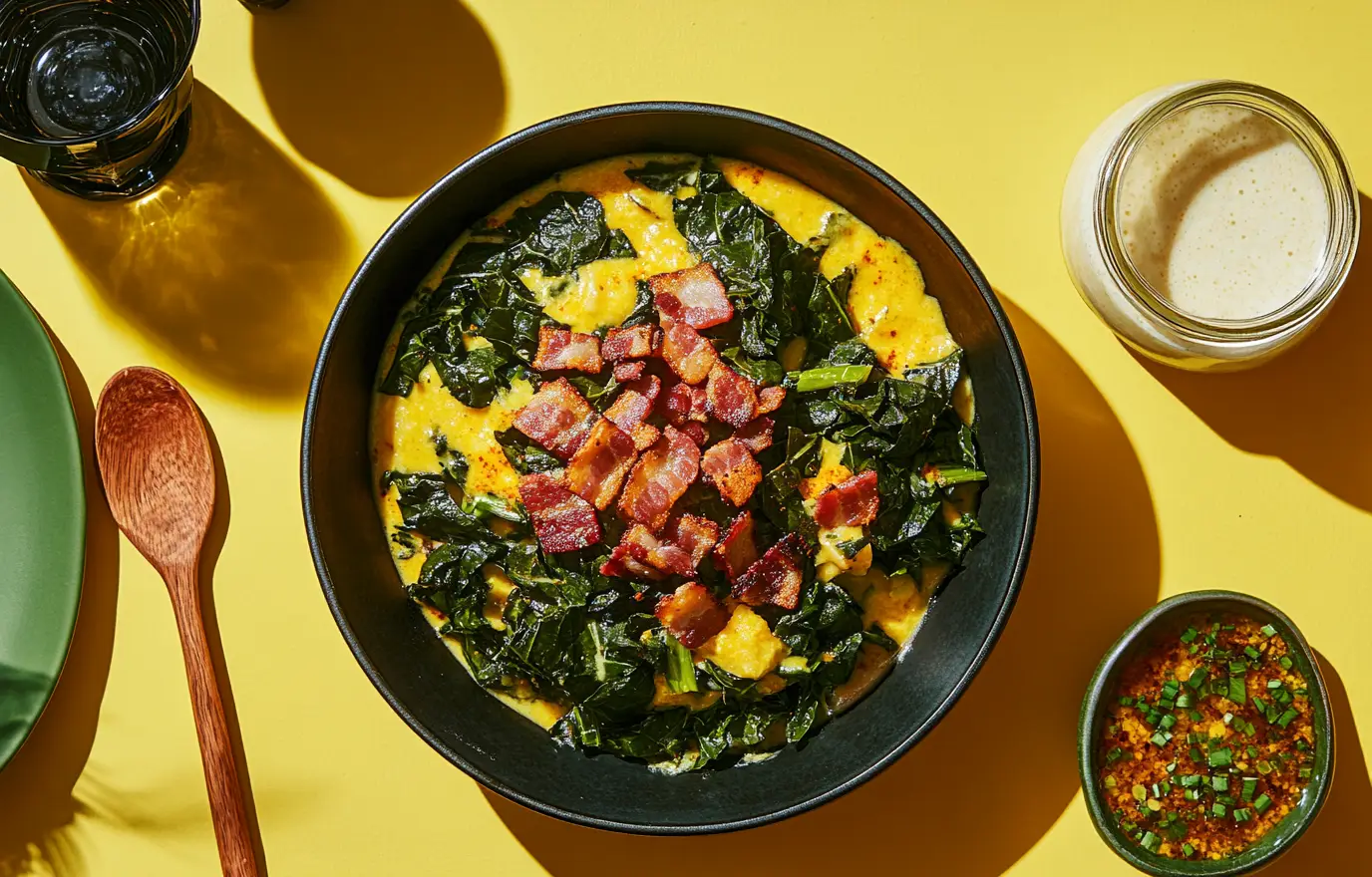
04/12 Greens
Black-eyed peas often go hand-in-hand with greens, making for a classic New Year's combo. But why are collard greens specifically considered lucky on New Year's Day?
The key lies in the color green, which is widely associated with money, wealth, and prosperity. In Southern traditions, greens are not only eaten for good fortune but also hung by the door to ward off evil spirits and bring protection for the year ahead. It's a small gesture, but one with big meaning.
Celebrate the new year with a little extra luck by making this Sautéed Collard Greens with Crispy Bacon recipe—a simple, savory dish that’s both delicious and full of good fortune!

05/12 Rice
Rice is a central food in many New Year’s celebrations, both in Asia and the Southern United States. In the South, it’s often paired with red beans for Hoppin' John, a dish served on New Year’s Eve and New Year’s Day to bring prosperity and good fortune.
Rice symbolizes wealth and abundance, with many cultures believing it brings prosperity in the coming year. In India, rice is also thought to have the power to dispel bad omens, offering a fresh start to the new year. Whether you go for a classic Southern Easy Kidney Beans and Rice or a comforting Slow Cooker Chicken Rice Porridge, adding rice to your New Year’s menu is a tasty way to invite prosperity and good luck into the year ahead.
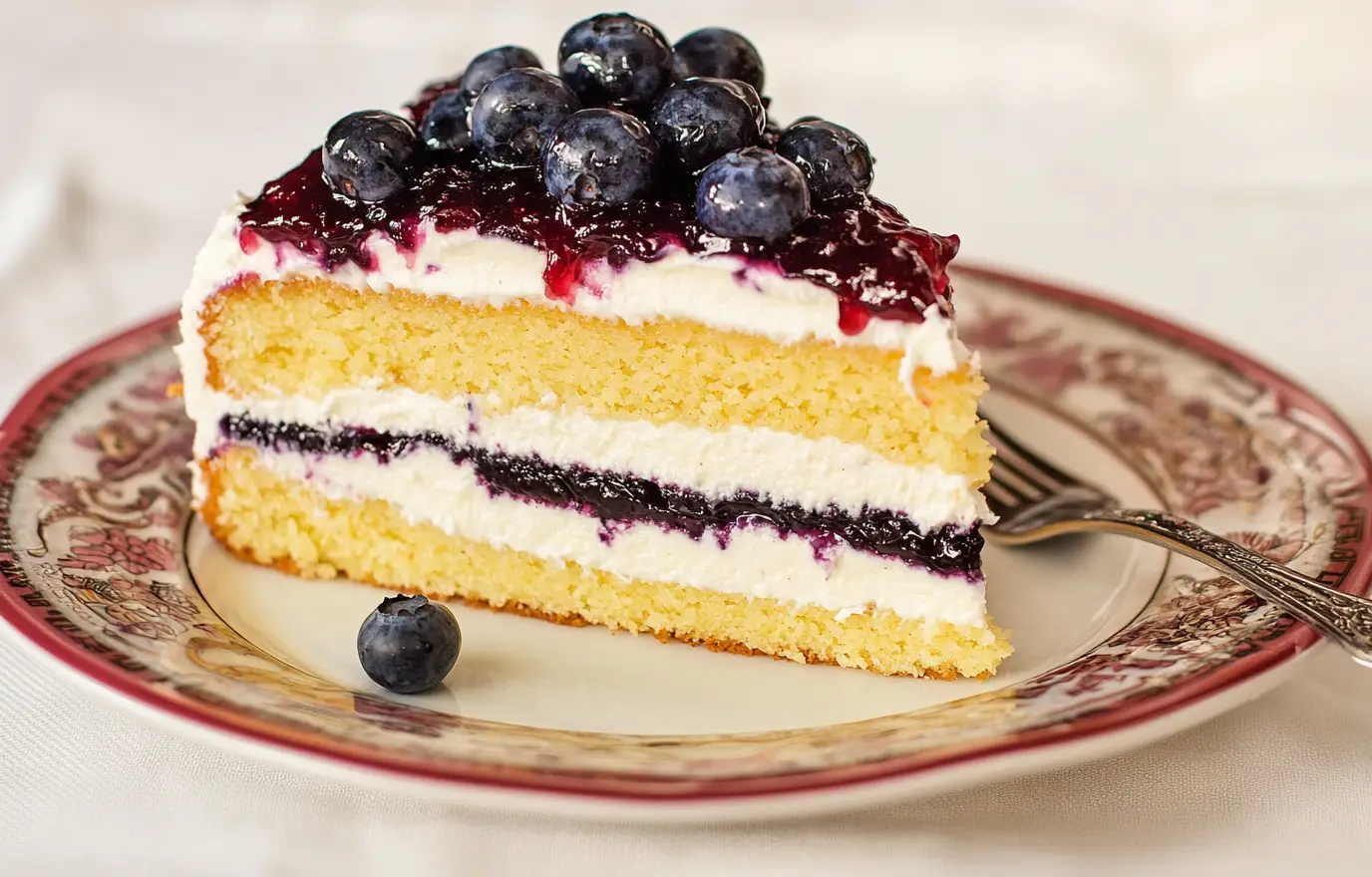
06/12 Cornbread
Cornbread is a common addition to New Year's meals, especially in the South, where it's often served as part of a feast for prosperity. Its golden color and round shape (especially when baked in a cast-iron skillet) are symbolic of gold, representing wealth and good fortune in the year ahead. Cornbread has deep roots in American history, particularly with its ties to Native American traditions of cooking with corn. Start your New Year's celebrations off right with this Blueberry Sweet Corn Layer Cake recipe!

07/12 Lentils
Lentils are often associated with wealth due to their resemblance to coins, which is why they are a traditional food for New Year's Eve in Italian households. These nutritious lentils are typically served with pork and sausages after midnight to ensure prosperity in the year ahead. Want to enjoy more lentils this New Year's? Try adding this Hearty Winter Lentil Soup to your celebration menu.

08/12 Fish
Fish is a traditional New Year's dish in many cultures, particularly in those near the water. In Scandinavian countries, for example, herring has long been considered a symbol of good fortune. Its silver scales were reminiscent of money, and herring's vital role in trade made it a symbol of prosperity.
Herring was eaten to invoke a successful fishing season, especially because of its unpredictable migration patterns—just because one year had a good catch didn’t guarantee the next would be as fortunate. Today, herring remains a symbol of prosperity, making it a fantastic choice for a New Year’s appetizer. Pickled herring, in particular, is a perfect topping for any crostini party platter. Not a fan of herring? Sardines, which belong to the same fish family, are also considered lucky. You can test the theory for yourself with Smoked Sardine Toasts with Lemon-Garlic Mayo and Fennel Salad.
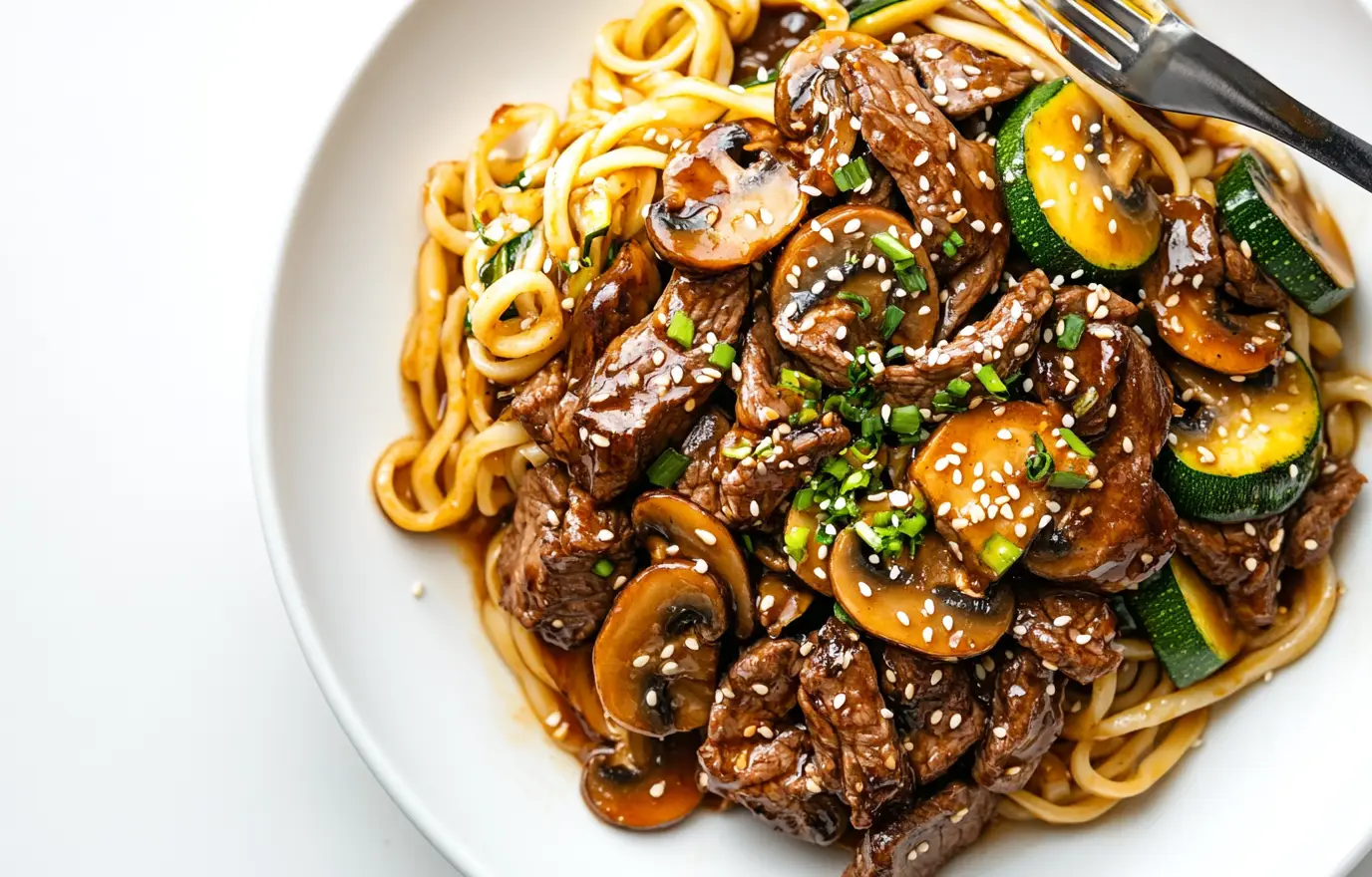
09/12 Noodles
In China, Japan, and many other Asian countries, eating noodles on New Year's Day is a beloved tradition. The long strands of noodles symbolize longevity, so it’s important not to break or shorten them while cooking.
For a truly lucky meal, you can serve soba noodles, sesame stir-fried noodles, or enjoy this flavorful recipe for Udon Noodles with Seared Beef and Zucchini to ring in the new year with good fortune.
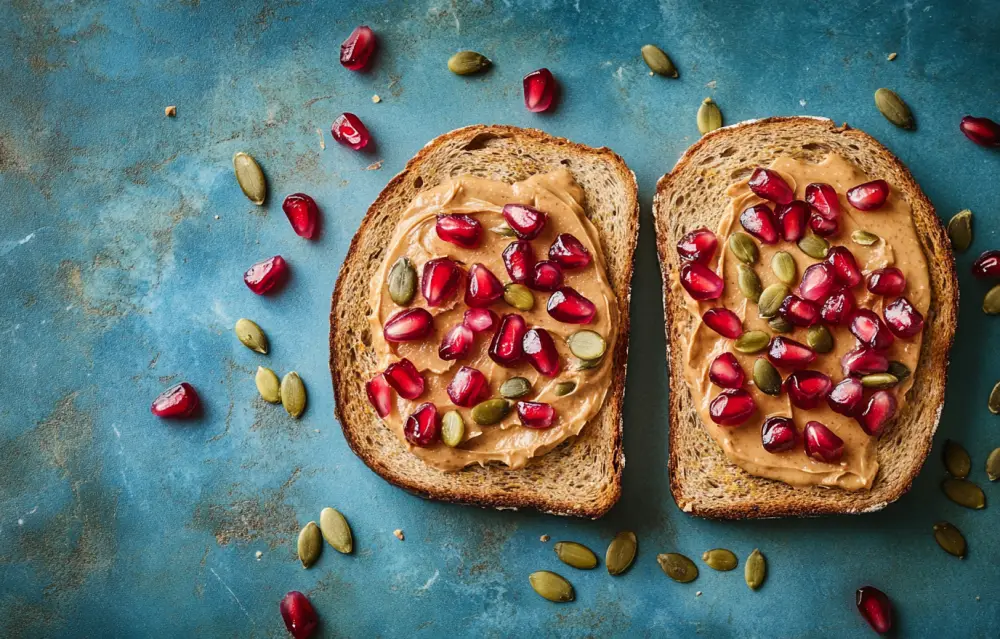
10/12 Grapes and Other Fruit
In Filipino culture, New Year's Eve is celebrated with 12 different types of fruit, each representing a month of the year. While round fruits are preferred, mangoes and watermelon are also included. In Mexico, it’s customary to eat 12 grapes at midnight, each one symbolizing a wish for each month of the coming year. In China and other Asian countries, oranges are highly valued for their round shape and golden hue, representing good fortune.
Across the globe, pomegranates are enjoyed during the New Year as a symbol of fertility and new beginnings. For a delicious and festive way to start the year, try this Pomegranate-Almond Toast—its jewel-toned slice is both easy to make and full of good fortune!
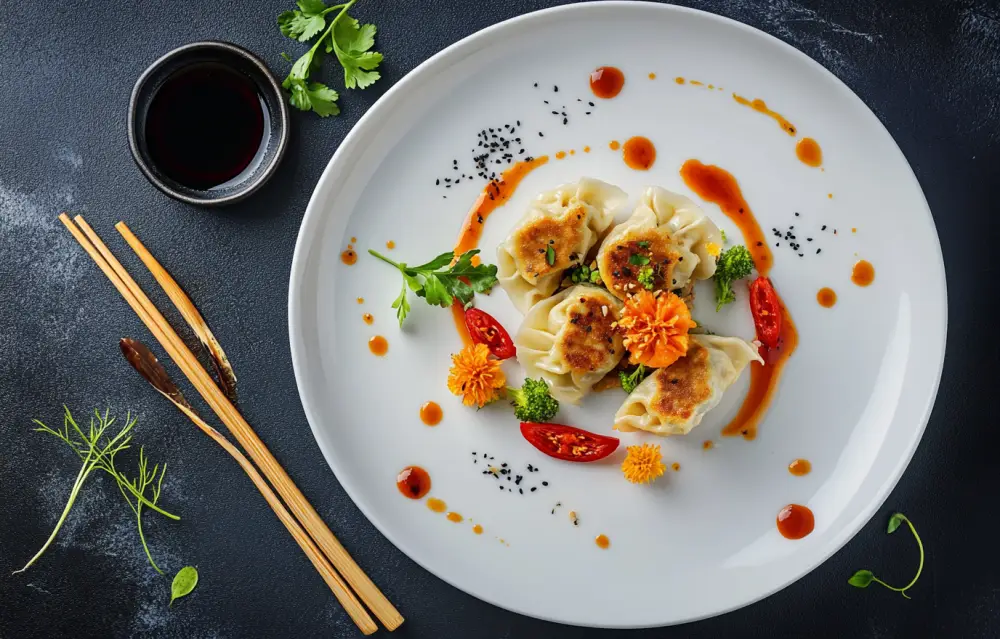
11/12 Dumplings
Dumplings are a beloved holiday dish in many cultures, each with its own unique twist. In particular, dumplings are central to Lunar New Year celebrations, as their shape is thought to resemble money bags, symbolizing wealth and prosperity. The tradition encourages eating plenty of dumplings to attract good fortune in the year ahead. If you have leftover holiday turkey hiding in your freezer, these turkey and scallion dumplings are the perfect way to put it to good use while keeping the spirit of good luck alive.

12/12 Champagne
Champagne has been a symbol of celebration since ancient times, with roots tracing back to the Roman Empire. However, it was during the 1800s that champagne truly became synonymous with good times and prosperity, especially as it became more widely associated with New Year's celebrations. While a glass of straight bubbly—be it prosecco, sparkling wine, cava, or traditional champagne—remains a classic choice, why not add some variety to your New Year's toast with a fun champagne cocktail?

